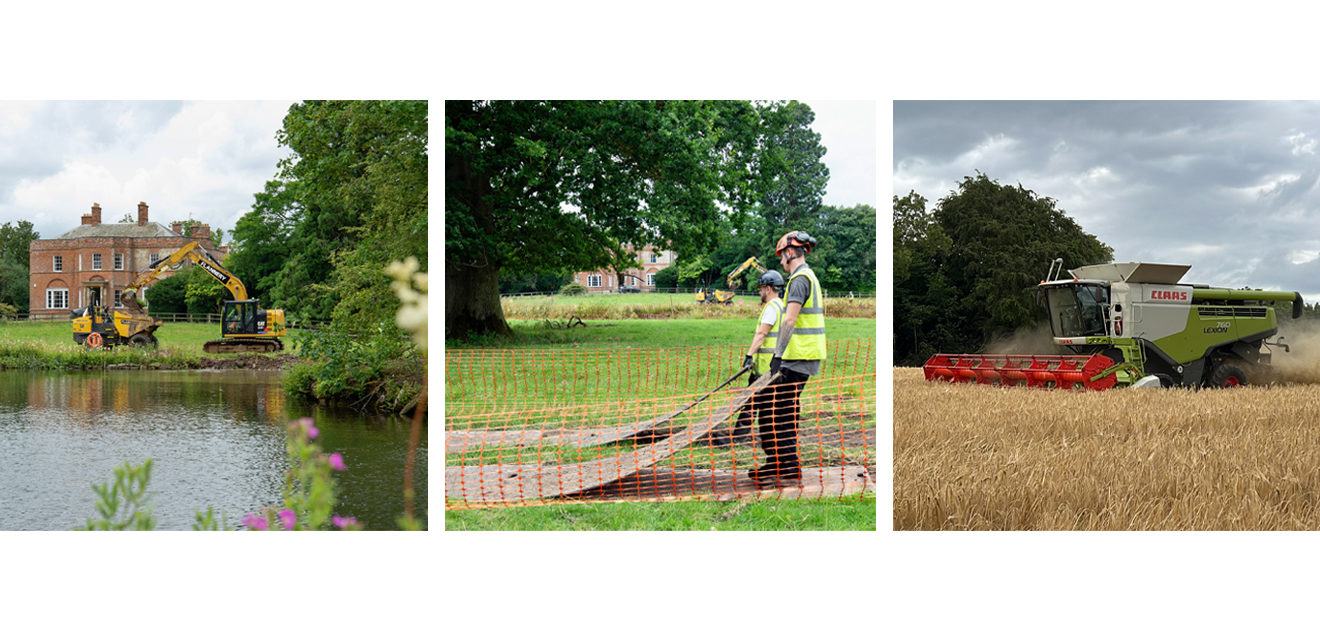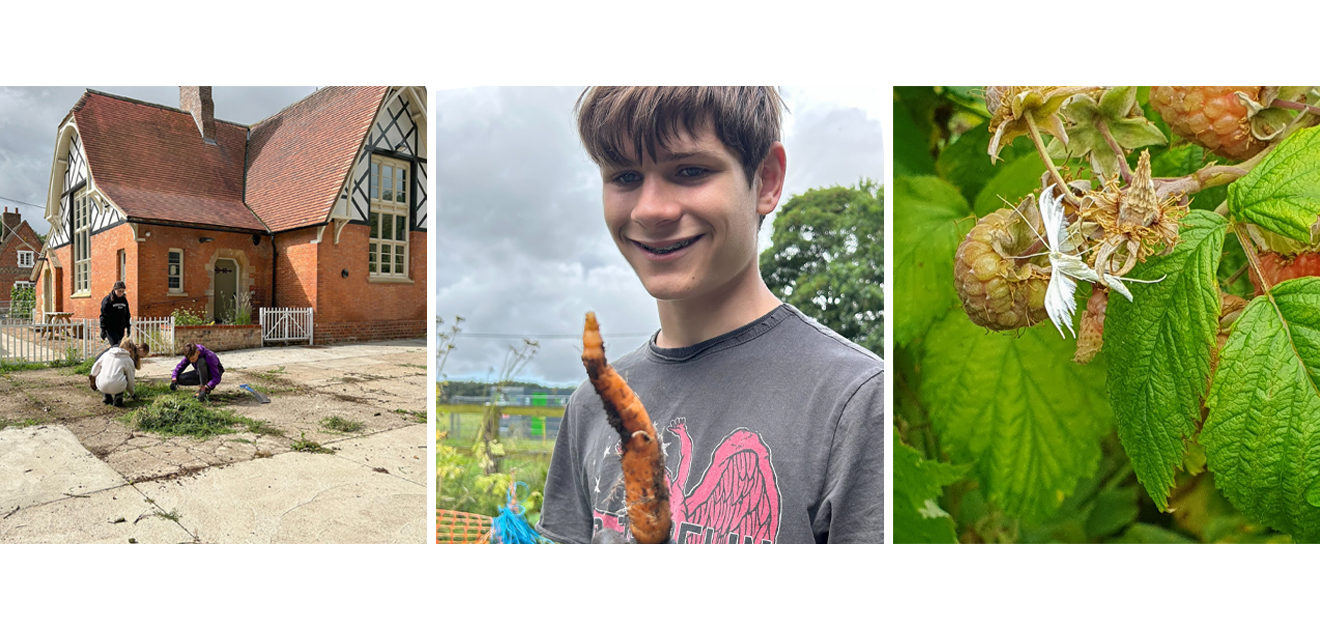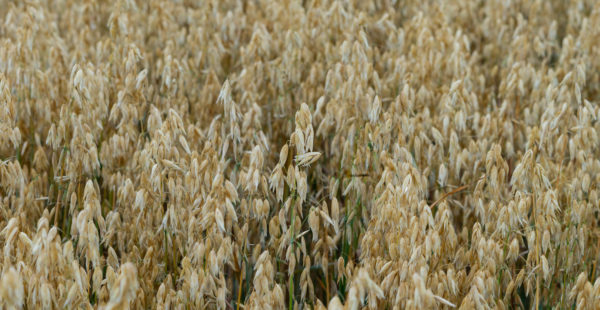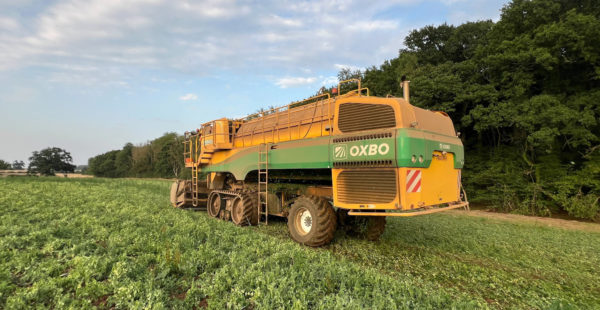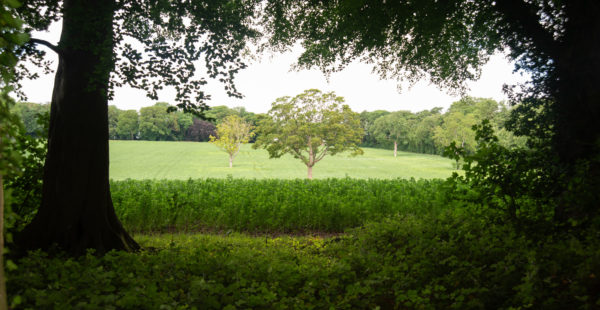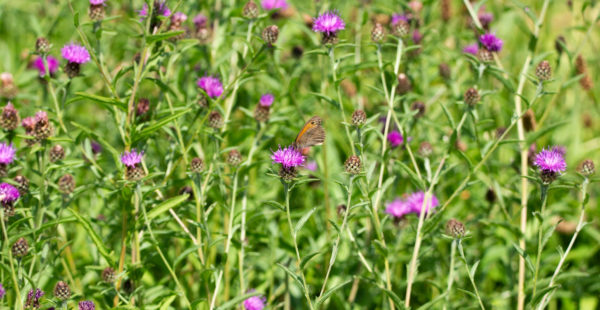A Week on the Estate: Lake Sculpting, School Weeding & Butterfly Counting
As we head towards late summer and harvest season arrives, low pressure remains in charge of our weather. While Southern Europe endures a dangerous and stubborn heatwave, our current weather contrasts starkly with that endured by Spain, Italy, Greece et al, not to mention our own weather this time last year. The coming week’s forecast is for more of the same: mostly overcast with scattered showers and a 22C-11C temperature range.
This month’s rainfall has certainly been helpful out on the land and this year’s harvest is already underway. Last week, we swathed our winter oilseed rape and combined our winter barley. After a bone-dry June, July’s showers naturally made life a little complicated for the team but it could certainly be worse.
Closer to home, work to improve the Lake continues. If you’ve toured the Estate recently, the Lake may well have struck you as vibrant and appealing, a haven for flora and fauna. It’s certainly at its best in spring and summer, with plenty of greylag geese, mallards, tufted ducks, mute swans, gulls and the odd cormorant and kingfisher.
The Lake does however need a bit of TLC. The swans and ducks don’t have to dive too far to forage as the original depth of 2m has been reduced to around 10cm by sediment. This week, a start was made on improving the Lake’s edging without the use of concrete. This is a job for hefty vehicles and the weather’s been unseasonably wet so temporary tracks were laid.
Improvements to the Lake are drawing upon 18th and 19th-century illustrations as a guide to the original landscaper’s vision. We’ve already reduced fencing and tree-crowding and new and sympathetic planting will frame the setting nicely. We’ll also improve the leak in the lake-head, add a fish path, re-create a boathouse and dredge metres of sediment. We’re looking into the possibility of hydro-electricity generation.
In the next few years, we hope that a deeper, more capacious and free-flowing Lake in our biodiverse setting will attract all sorts of new residents. Maybe we’ll get to talk about eels, otters, bitterns and more in years to come.


